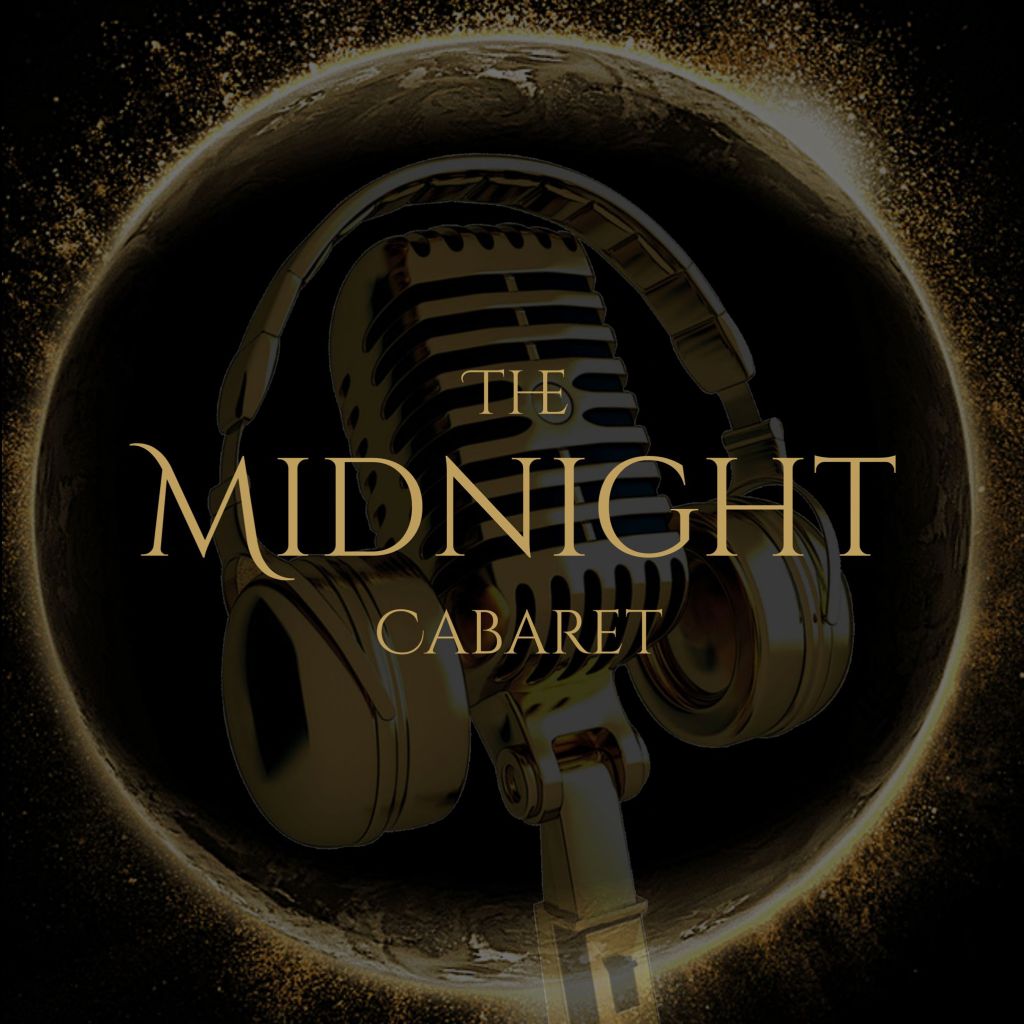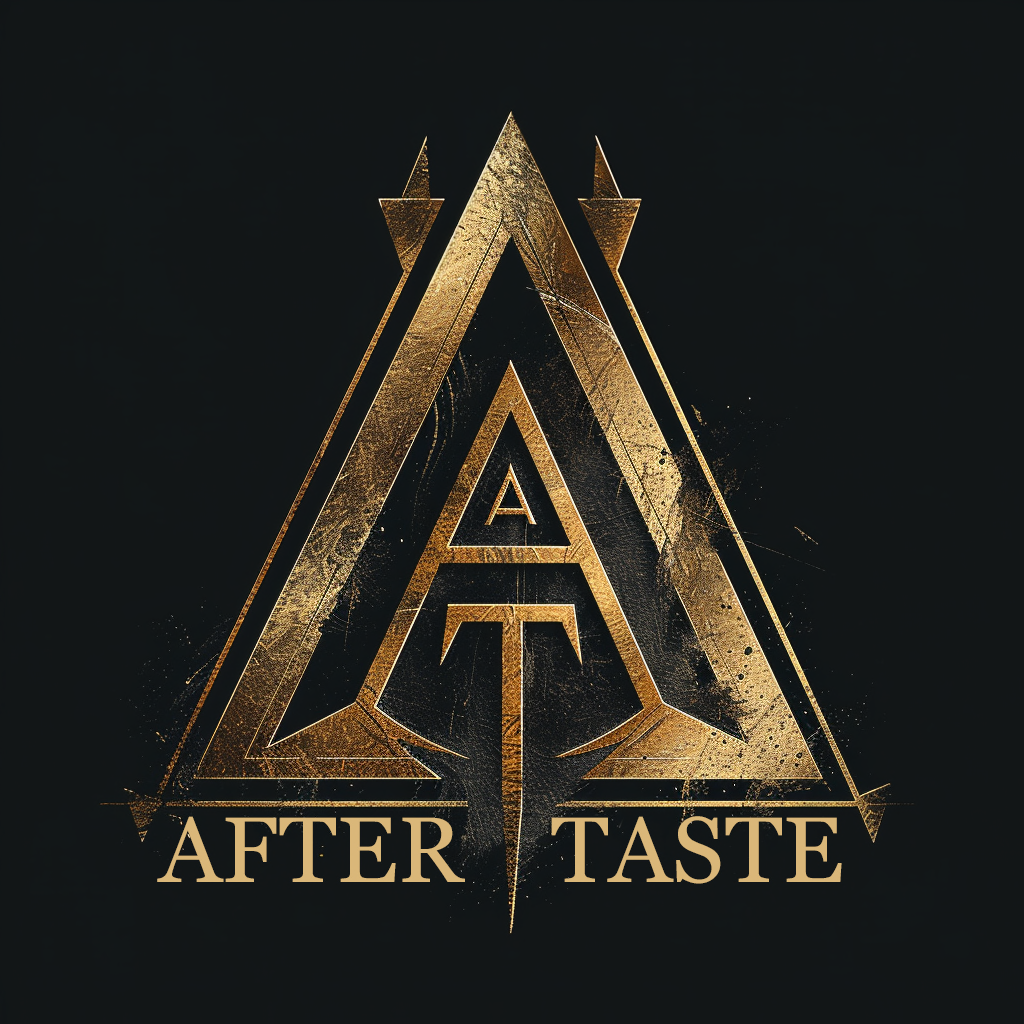[ad_1]

The long-running horror star has a new show, but exhibits all the traits of classic creatures
This October, the Criterion Channel is showcasing a number of cherry-picked Universal horror movies from the 1930s, ’40s, and ’50s, highlighting the fact that Universal’s monsters haven’t been a multiplex fixture in decades. This hasn’t always been for lack of trying. Sony produced unofficial adult-oriented reflections of these monsters in the ‘90s, with R-rated versions of Dracula, Frankenstein, and the Wolf Man (in Wolf). Universal made The Mummy into a successful series of late ’90s/early 2000s adventure movies, but its Wolfman remake lost money. Later, the studio tried and failed to jumpstart a modern Universal Monster cinematic universe with the Tom Cruise version of The Mummy in 2017, which bombed, but led to Leigh Whannell’s excellent redo of The Invisible Man, and the idea that Universal would take a more filmmaker-focused approach to its monsters going forward.
As the monsters themselves have failed to generate many ongoing series, the Universal Monster figure has become more of a trope, albeit not one that gets a lot of use in contemporary horror movies. Broadly speaking, a Universal-style monster is a creature with qualities both monstrous and human — often too beastly to serve as the movie’s protagonist, but human-like enough to generate a queasy fascination. The individual levels of empathy they generate may vary, but they’re all doing warped imitations of humans: The stitched-together Frankenstein’s Monster, the undead Dracula and Mummy, the half-animal Wolf Man, the humanoid Creature from the Black Lagoon, and the Invisible Man whose humanity fades away with his physical form.
/cdn.vox-cdn.com/uploads/chorus_asset/file/22956427/bride_frankenstein_1935_21_1487460005_726x388_1.jpg)
Image: Universal Pictures
This balance between monster qualities and human forms can be tricky to achieve. Most zombies, despite their obvious human roots, don’t have enough personality. Movie ghosts don’t have consistent enough form. Too many slashers hide behind masks. In contemporary cinema, the Universal Monster type is far more likely to appear in a superhero story than a horror movie: Characters like the Hulk or Venom more closely embody that monster/human duality (with the horror bonus of their Jekyll/Hyde dynamics). However, there is one great unsung Universal Monster of recent years who actually appears in horror movies released by Universal: Chucky, the murderous sorta-doll from the Child’s Play movies (and, as of this month, a television series).
It’s not that Chucky languishes in obscurity — although, despite his heavily promoted eponymous show, he’s never been quite as popular as some of his presumed contemporaries. Only five of his seven movies have had theatrical releases, and even the three of them that could be described as hits didn’t consistently reach Nightmare on Elm Street numbers. Elm Street is an easy comparison point because the first Child’s Play came out in 1988, the very year that Freddy Krueger reached his box office peak with A Nightmare on Elm Street 4: The Dream Master. With Child’s Play 2 in 1990 and Child’s Play 3 in 1991, the series was a late-comer to the slasher market, and interest in the movies waned accordingly. (More Freddy parallels: Freddy’s Dead: The Final Nightmare finished off the original six-movie series just a few weeks after Child’s Play 3 flopped.)
And in those early movies, Chucky functions like a slasher. He’s really serial killer Charles Lee Ray (Brad Dourif), who seems to commit murder for the sheer, insane sport of it, and whose soul possesses an innocuous-seeming “Good Guy” doll after a desperate voodoo ritual. The basic Child’s Play story is easy to remember, because the movies repeat it several times: The possessed doll finds its way to a kid (in the first three movies, the exact same kid), the doll befriends/stalks the kid while killing other people, and no one believes the kid when he tries to warn them. The first three Child’s Play pictures have the repetition of a post-Halloween slasher, where the primary variations tend to be the mechanics of the individual kills and the convolutions of the mumbo-jumbo that contrives to bring the once-vanquished killer back to life.
/cdn.vox-cdn.com/uploads/chorus_asset/file/22956403/MV5BOTFkN2I4ZDctNzQwMC00M2QzLThkNmYtOWYwOWQzMzBkYmFlXkEyXkFqcGdeQXVyNjQ4ODE4MzQ_._V1_.jpg)
Image: Universal Pictures
Yet like so many classic horror villains, Chucky persists. The fourth entry, 1998’s Bride of Chucky, is known for introducing Jennifer Tilly’s equally murderous Tiffany (who eventually becomes a matching doll partner for Chucky), along with a more explicit sense of self-mocking humor. It’s also where the Universal Monster connection grows stronger, from the title on down. Writer Don Mancini — who has worked on all seven Chucky features and the series, moving from screenwriter to writer-director — has Tiffany rapt and even weeping as she watches Bride of Frankenstein during her big death scene. Later, in her doll form, Tiffany sagely quotes the part of the film that she found so moving back to Chucky: “We belong dead.” Bride of Chucky is as much a comedy as a horror movie, making it all the more impressive when it gives Tiffany a twisted depth of feeling by acknowledging the couple’s misfit status. In his mixture of dark comedy and queer subtext (or, in Seed of Chucky, queer actual text), Mancini connects back to James Whale, the Bride of Frankenstein and Invisible Man director whose influence added similar subtext in the original Universal Monsters series.
It’s appropriate, then, that Bride is a turning point for the series. Chucky modifies his signature look, sporting Frankenstein-style facial stitches that he maintains in Seed of Chucky, as well as the DTV follow-ups Curse of Chucky and Cult of Chucky. Gradually, Charles Lee Ray — who spends much of the series attempting to find a human body to repossess — more or less disappears, and Chucky becomes a personality distinct from his originator, hybridizing his human and plastic forms. A plot turn in Cult of Chucky allows the murderer’s soul to be divided and subdivided, creating more Chuckies that aren’t exactly the same thing as more Rays while they’re clearly more alive than a simple army of plastic dolls.
Though the Chucky movies have more continuity than most Universal Monster series, they’re fairly inconsistent about the physical makeup of Chucky. In the early movies, he’s a doll who’s supposed to become more human as he’s possessed longer; in the later ones, he seems to have a beating heart, or at least some other organs underneath the plastic-looking casing. The little physiological details, especially when they aren’t uniform, make Chucky feel more uncanny in the long run. There is something unholy about this living, breathing, and, at some points, disturbingly sexually active toy.
/cdn.vox-cdn.com/uploads/chorus_asset/file/22922399/Zackary_Arthur.jpeg)
Photo: Steve Wilkie/USA Network
Emotionally, Chucky doesn’t generate anywhere near the empathy of fellow human-monster hybrids like the Wolf Man or the Creature from Frankenstein; he’s certainly not as presentable or seductive as Dracula. If anything, he seems more monstrous because his doll form condenses his human ugliness. Though we don’t see much footage of the “real” Charles Lee Ray in action, Chucky seems to become progressively more foulmouthed and wisecracking as he spends more time in the doll body; he sounds more like a crass, curmudgeonly insult comic in Seed of Chucky than he does in Child’s Play 2.
It’s easy to mistake this for a slasher development — specifically, for a Freddy Krueger knockoff, and sometimes Chucky does play that way. His movies, though, change shape, giving this broadness new contexts, like the gender politics of Seed or the gothic melodrama of Curse — and his movies playing up the comedy factor recall the days of various monsters meeting Abbott and Costello. The new Chucky series on SyFy appears to develop his human side further. Chucky maintains his nastiness, but his friendship with teenager Jake (Zackary Wheeler) seems poised for more depth than the crude manipulations and tricks he uses in the original film.
The astonishing longevity (and surprisingly high quality!) of the Chucky franchise assures it a spot in the monster pantheon. Where that spot is located feels less clear, even as Chucky continues to reside at the original monster studio: Universal nabbed the rights to the series starting with Child’s Play 2, and has held onto them over the years; Chucky is a fixture at the Halloween Horror Nights at Universal Studios, as well. Still, the closer association with Freddy, Jason, Michael Myers, and the like lingers — understandably, given when Child’s Play arrived in theaters and first made its impression on viewers. But Freddy and Jason, at least, haven’t re-emerged in over a decade. They’re absentee monsters, unsure of how to haunt us in the 21st century. The killer doll, meanwhile, has dabbled in marriage, parenting, and teen counseling. Strange as it may seem, Chucky is universal.
[ad_2]
Source link
Sign up for our newsletter now!







